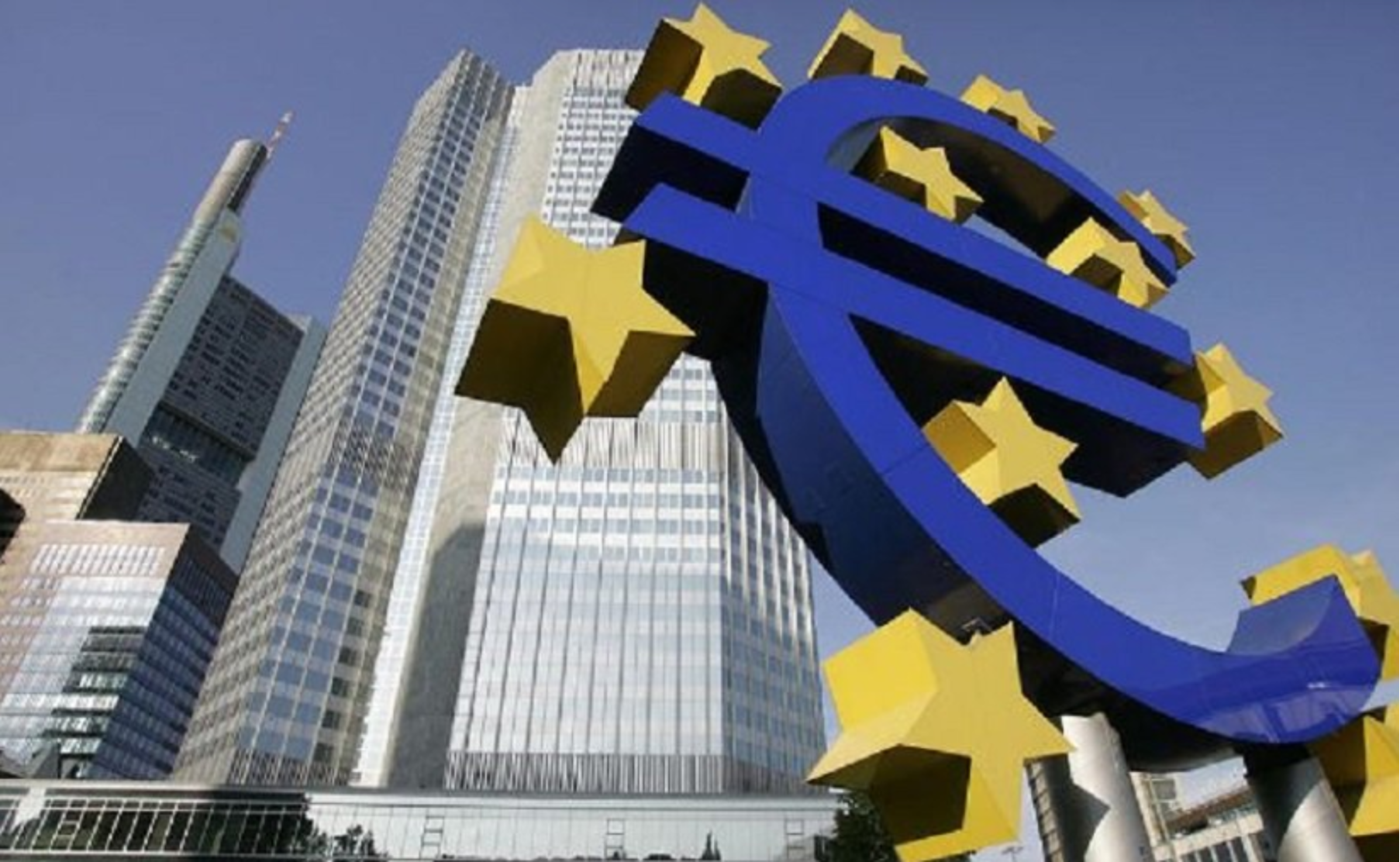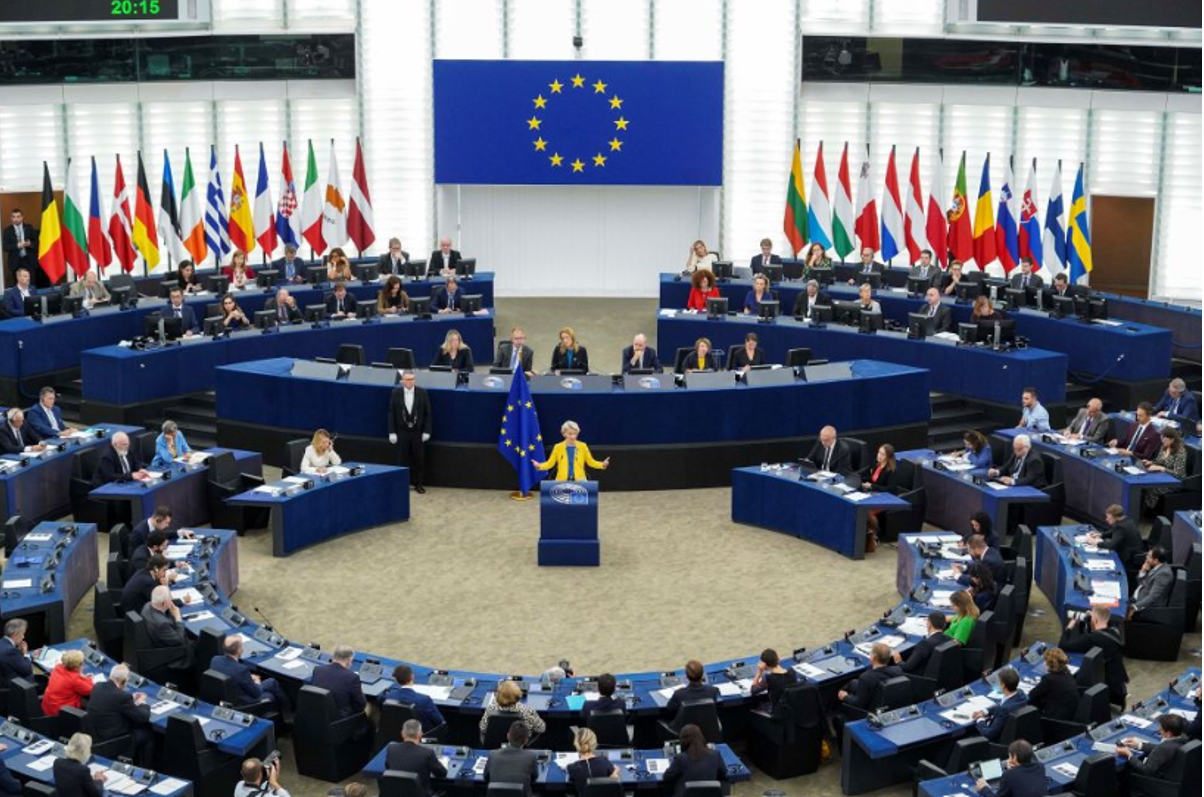European Hydrogen Bank: Inminent release and auction schemes
This new SynerHy blog post analyses the operating mechanisms of the European Hydrogen Bank, announced in the State of the Union speech in September by the President of the European Commission, Ursula von der Leyen.
The aim of the initiative will be to support investment and development within the hydrogen market during the current stage of expansion and development. A first meeting was organised on 23 February 2023 to discuss its operating procedures regarding international markets, and an official launch document is scheduled for 17 May. The first actions to finance renewable hydrogen production within the territory of the European Union will be launched in autumn 2023.

The SynerHy team would like to take a closer look into how such an useful financing tool will operate. The structure of this trading company will be financed with €3 billion from the European Union’s Innovation Fund. The Innovation Fund is an European foundation that aims to contribute to the greenhouse gases reduction through three main lines of action:
- Creating financial incentives to encourage investment in innovative technologies to promote the EU’s transition to a low-carbon economy
- Fostering competitiveness and growth by enabling EU-based companies to become world leaders when it comes to clean technologies
- Supporting innovative low-carbon technologies in all Member States, by promoting their deployment and market development
Auction system for imports, the German reference
The German government launched a 900 million euro auction scheme at the end of 2022 on the basis of the so-called H2_Global mechanism, in which renewable hydrogen is purchased on the global market and sold within the EU to the highest bidder. The hydrogen or its derivatives, such as ammonia or methanol, are purchased on a long-term basis and sold at a lower price than the purchase price, whereby the difference is covered by the German federal government with subsidies. The Bundesregierung plans to provide an additional 3.5 billion euros for this mechanism up to 2036, while the first deliveries of sustainable hydrogen derivatives are expected in 2024.
This model, which is known as the double auction model, has long-term agreements for producers and short-term agreements for consumers, thereby enhancing the growth of the global hydrogen market.
Auction system proposed by the European H2 Bank
The European Union sets a target of ten million tonnes of renewable hydrogen production by 2030, plus a second ten million tonnes of imported hydrogen from other nations.
In autumn 2023, the European Hydrogen Bank will launch the first auctions to support the local production of renewable hydrogen for the European hydrogen producers. Strict rules will apply to the import of hydrogen, the same as for domestic hydrogen, as established in the Delegated Acts which regulate the renewable hydrogen framework in Europe. In addition, human and labour rights criteria, water requirements, geographical criteria and the deployment of renewable energies within the supplier countries will be mandatory.
Regarding the production auctions in the EU, these will be handled by a recently created agency supported by the European Climate Executive Agency (CINEA) and the Clean Hydrogen Partnership. At first, the Innovation Fund through the European H2 Bank would cover the price gap between production costs and customer prices for a period of ten years, taking as a reference price the hydrogen produced from fossil fuels (natural gas). This option is called Contracts for Difference (CfD).
An example of this type of financing could be the hydrogen funding mechanism to promote the use of hydrogen powered vehicles in some EU countries, where a reference price of €11/kg (Germany) has already been fixed in order to be competitive against fossil fuels. The difference in the actual production cost of the hydrogen used to power fuel cell electric vehicles (FCEVs) is funded, and the states are the ones who cover the difference.
Invariable and constant bonus system
Hydrogen producers or consumers will be granted a fixed bonus from the European Hydrogen Bank for each unit of hydrogen consumed or produced. According to the proposal, the subsidy could be 5 €/kg including transport, storage and delivery. It is worth noting that a very similar measure is included in the US Inflation Reduction Act (IRA) for renewable hydrogen.
Both the bonus and CfD mechanisms will be auctioned, being the successful bidder the company with the lowest funding requirement. The European Hydrogen Bank’s role is merely to bear the cost of the subsidy, and companies will sign a commercial agreement amongst themselves.

Conclusions
Double auctions, which are difficult to implement due to the complexity of the model, can provide a security supply to local markets within the EU.
Closing the price gap within the EU market to ensure that no market is left behind would require a great amount of funding. However, the bonus model must be tailor-made for the EU internal market, particularly for producers. The fixed subsidy provides an efficient use of available public funds and an optimal targeting of the renewable hydrogen market.
This second bonus case is strongly welcomed by National Associations within the Member States, as well as by the hydrogen industry as a whole, since as much funding as possible is needed, especially considering the disadvantage compared to the US IRA plan and the clear competitive disadvantage of European renewable hydrogen producers due to the measures foreseen in the Commission’s Delegated Acts on Renewable Hydrogen.
Many are concerned about the auctioning model as only a few “financial players” would be in the running, whereas bonuses would represent a more democratic way of distribution of the three billion euros to be allocated by the European Hydrogen Bank.
Last but not least, it is expected that an amount of the 220 billion euros that are still available as grants and loans in the recovery and resilience mechanisms would find their way onto the treasury of the future European hydrogen financing mechanism.
SynerHy
Founded in 2021, it is an engineering and energy consultancy company whose members have more than 50 years of cumulative experience in the hydrogen field in Spain and Europe.
Whether you need support for consultancy or engineering services for your project, to apply for funding to achieve it or you need general, specific or customised training, please write to info@synerhy.com.
SynerHy, powering net zero!
REFERENCES